A decision-making method for programming exhibitions in museums and art organizations
dc.contributor
Universitat Internacional de Catalunya. Departament d'Humanitats
dc.contributor.author
Imbernón Valls, Úrsula
dc.date.accessioned
2022-12-22T16:05:04Z
dc.date.available
2022-12-22T16:05:04Z
dc.date.issued
2022-12-19
dc.identifier.uri
http://hdl.handle.net/10803/687364
dc.description.abstract
La present tesi doctoral estudia el procés de presa de decisions en la programació d'exposicions temporals als museus. S'analitza la literatura i es realitzen entrevistes a directors de museus a Espanya i als Estats Units, i s'observa que no hi ha un mètode multicriteri establert formalment per a programar exposicions. Per aquesta raó, es proposa un nou mètode d’ajuda a la presa de decisions en la programació d’exposicions. Aquest mètode integra una metodologia i un marc conceptual, és a dir, la Teoria de la Utilitat Multiatribut (MAUT) i el Model Antropològic (AM), respectivament. Amb l'aplicació d'aquest mètode, s'aconsegueix objectivar el procés d'elecció d'exposicions, i així minimitzar la subjectivitat i evitar dependre de la intuïció del decisor. Això s’assoleix mitjançant l’ús de criteris preestablerts i adaptats a cada institució.
En primer lloc, s'analitza breument la història i la definició del museu, els tipus de museus, l'impacte del COVID-19 a Espanya i els Estats Units, i també, la presa de decisions en la programació d'exposicions als museus. Tot seguit, es presenta el nou mètode, primerament, exposant cada metodologia, MAUT i AM, i posteriorment, explicant la seva integració.
En segon lloc, es proposa el nou mètode d'ajuda a la decisió en la programació d'exposicions mitjançant la seva aplicació pràctica a 14 museus, 8 a Barcelona (Espanya) i 6 a l'àrea de Boston (EE.UU). A continuació, es fa una comparació de l'aplicació del mètode als diferents països. I es conclou amb la proposta d’una llista genèrica de criteris d’ajuda a la programació d’exposició, per al seu ús a l’hora de prendre decisions sobre la programació per museus i organitzacions d’art.
Tot seguit, es presenta l'estudi de cas de CaixaForum, on s’implementa el nou mètode completament. En aquest estudi s’utilitza un conjunt de dades objectives proporcionades per la institució, fet que el fa més precís i realista.
Finalment, l'estudi de la literatura, les entrevistes realitzades, la proposta inicial del mètode a 14 museus, i la implementació a CaixaForum conclou amb uns resultats que permeten suggerir aquest nou mètode com a pioner i innovador al sector de la gestió cultural. A més, suggereix que l'aplicació d'un mètode formal milloraria, ajudaria i optimitzaria el procés de presa de decisions a la programació d'exposicions.
ca
dc.description.abstract
This doctoral thesis studies the decision-making process in the planning of temporary exhibitions in museums. The literature reviewed and interviews conducted with museum directors in Spain and the United States reveal that there is not a formal multicriteria method established for programming exhibitions. For this reason, a new method is proposed to support decision-makers when programming exhibitions. This method integrates a methodology and a theoretical framework, respectively, the Multi-Attribute Utility Theory (MAUT) and the Anthropological Model (AM). With the application of this new method, it is possible to objectify the process of choosing exhibitions, thus minimizing the subjectivity and avoiding depending on the intuition of the decision-maker. This can be achieved by the use of pre-established criteria tailored to each organization. First, the history and definition of the museum, the types of museums, the impact of COVID-19 in Spain and the United States, and also the decision-making process in the programming of exhibitions in museums are briefly analyzed. Next, the new method is presented, first explaining each methodology, MAUT and AM, and then its integration. Secondly, the new method of decision support in exhibition programming is proposed through its practical application to 14 museums, 8 in Barcelona (Spain) and 6 in the Boston area (USA). Then, a comparison of the application of the method in these two countries is made. A generic list of criteria is proposed as a tool to assist museums and art organizations in making programming decisions. Next, a case study of CaixaForum is presented with the new method fully implemented. An objective data set provided by the organization is used in this study, which makes it more concise and realistic. Finally, the study of the literature, the interviews conducted, the initial proposal of the method to 14 museums, and the implementation at CaixaForum conclude with results that suggest this new method as pioneering and innovative in the arts and cultural management sector. Moreover, the results suggest that an application of a formal method would enhance, help, and optimize exhibition programming decisions.
en
dc.format.extent
523 p.
ca
dc.language.iso
eng
ca
dc.publisher
Universitat Internacional de Catalunya
dc.rights.license
L'accés als continguts d'aquesta tesi queda condicionat a l'acceptació de les condicions d'ús establertes per la següent llicència Creative Commons: http://creativecommons.org/licenses/by-nc-nd/4.0/
ca
dc.rights.uri
http://creativecommons.org/licenses/by-nc-nd/4.0/
*
dc.source
TDX (Tesis Doctorals en Xarxa)
dc.subject
Decision-making
ca
dc.subject
Exhibitions programming
ca
dc.subject
Multicriteria
ca
dc.subject
Arts management
ca
dc.subject
Gestión cultural
ca
dc.subject
Programación de exposiciones
ca
dc.subject
Multicriterio
ca
dc.subject.other
Gestión Cultural
ca
dc.title
A decision-making method for programming exhibitions in museums and art organizations
ca
dc.type
info:eu-repo/semantics/doctoralThesis
dc.type
info:eu-repo/semantics/publishedVersion
dc.subject.udc
371
ca
dc.contributor.director
Casanovas-Rubio, Maria del Mar
dc.contributor.director
Bastons, Miquel
dc.embargo.terms
cap
ca
dc.rights.accessLevel
info:eu-repo/semantics/openAccess
